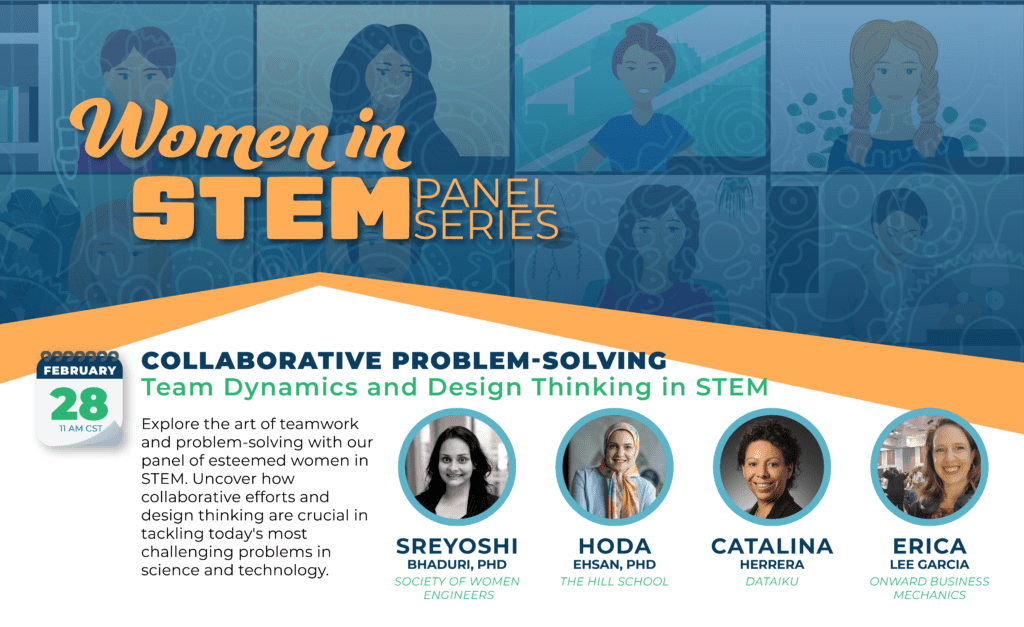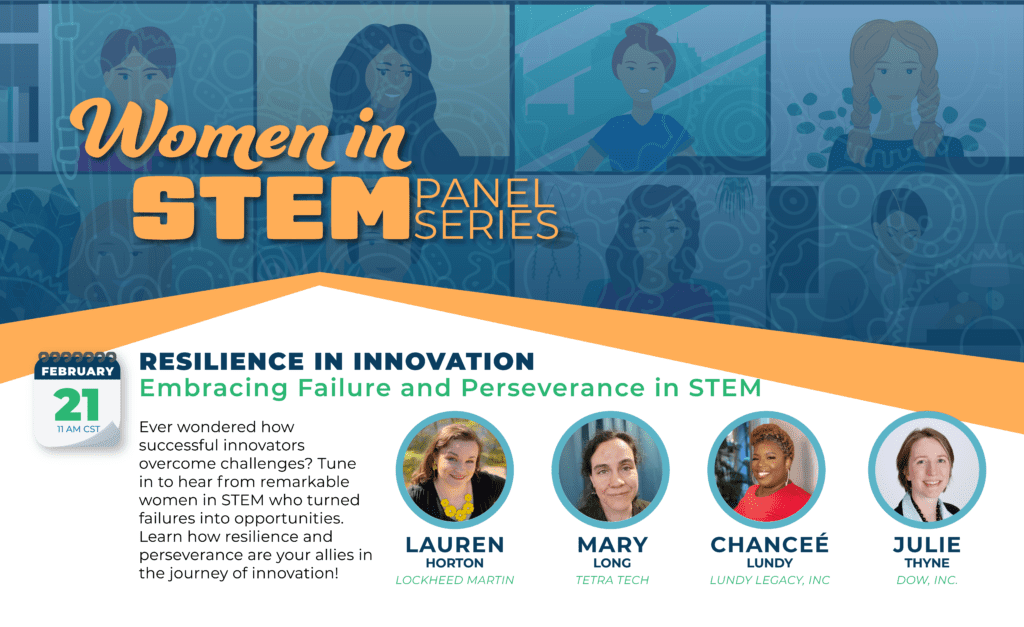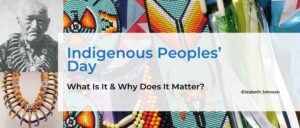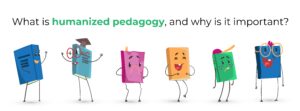The last couple of weeks have been more overwhelming than the past couple of months of COVID self-isolation. While the recent murders of George Floyd, Breonna Taylor, and Ahmaud Arbery, deeply sadden me, they have triggered a remarkable moment in history. It is my passion, purpose, and job to think about issues of equity every day, and I am grateful to have our nation recognizing and facing racial equity in a way it hasn’t in my adult-lifetime.
However, I’ve found myself frustrated and annoyed at the vast amount of empty words issued in countless statements of “solidarity.”
Dr. Monica Cox, one of my college professors, tweeted this morning: “Show me your hiring data, your discrimination claim stats, your salary tables, your retention numbers, your diversity policies, and your leaders’ public actions against racism before you issue any statement about #BlackLivesMatter. I dare you.”

Her words say it all to me. I’m utterly exhausted by words and no action, strategy, or organization to lead us toward meaningful change.
What is a Call to Action without Action?
This summer, I am leading a weekly virtual workshop series for my professional organization, the American Society for Engineering Education (ASEE). We had a discussion yesterday with ~40 people from across the globe on a joint ASEE and European Society for Engineering Education (SEFI) statement that was released last week. The statement is a commitment by the organizations to increasing the participation, inclusion, and empowerment of minoritized individuals in all engineering venues, with a call to action for others to do the same.
The Chair of the ASEE Committee on Diversity, Equity, and Inclusion, to which I am an appointed member, is one of the many authors of the three-page statement. She suggested last week that we host a conversation on the statement asking: “How can we use this statement as a springboard to launch disruptive and intentional change?” I should also add that she is a respected friend, a trusted colleague, and was an active ally on my Ph.D. committee.
An international and interdisciplinary team of brilliant academics, who I am confident each works diligently within their spheres of influence to lead change, wrote the statement. They performed an action that is part of the ethos of academia: write and publish. The PDF statement was posted with little fanfare on social media, with only about two dozen shares on Twitter. Though well-intentioned, it seems that there was no plan to do something with it after release. What is a call to action without action?
How are we moving the needle to change systems if we stop at writing beautiful words, and people remain unmoved?
Industry Diversity Panels Rattle off the Same Claims
I worked in an industry where women are ~ 1 in 10. I experienced first-hand many diversity initiatives and programs that were nice and beneficial to me. Still, they did not protect me from becoming one of the statistics I often cite. I am an engineer who is also a woman who chooses not to work in the industry as an engineer.
I’ve listened to countless industry panelists say in response to questions about their diversity plans: “Oh, we have interest groups, flexible workday policies, and we’ve won awards… blah blah blah.” The answers are all the same. They suggest they’ve checked the boxes. They blame the pipeline. They say they’ve done all they can do.
How are we moving the needle to change systems if we stop at checking perfunctory boxes and cultures remain unchanged?
Words without action are the obstruction of the would-be movement
The pattern of academia and industry to invest time and resources into words and not a strategy is an obstruction of what could be a powerful movement.
We toss words into the ether with the hope that someone catches them and then does something with them. Words are not often enough backed up by evidence, like that which Dr. Cox mentioned in her tweet.
While it has become a norm and expectation that we say beautiful words of intent, they are not adequate. And if the words we say don’t mirror our actions and data, it’s just an insult.
Systems don't change because we wish them to through diversity statements. The outcomes we see, pay inequity, under-representation, retention rates, etc. are direct byproducts of organizational design and culture.
If we want to be the leaders that we say we are, we have to stop writing statements and start writing and implementing actionable strategies.
- We must stop condoning and dismissing the insidious bias woven into the fabric of our organizations.
- We must listen to minoritized and marginalized people.
- We must examine policies, procedures, norms, and data to identify how we are complicit in the systemic oppression of historically marginalized groups.











